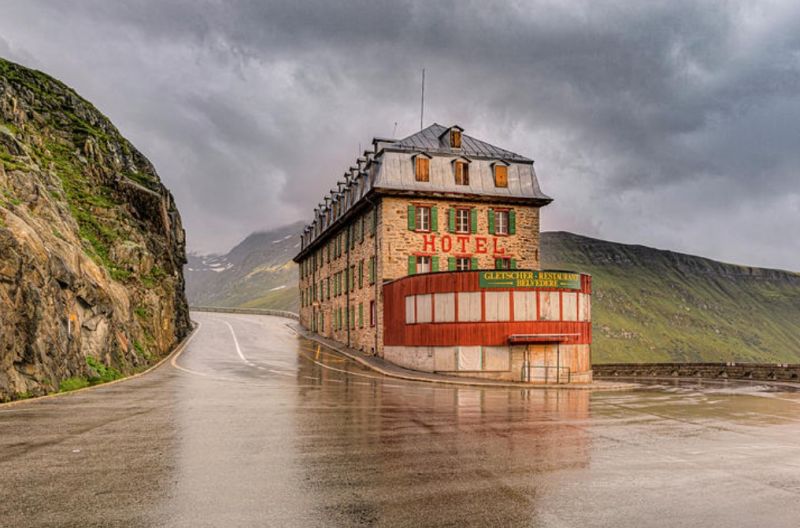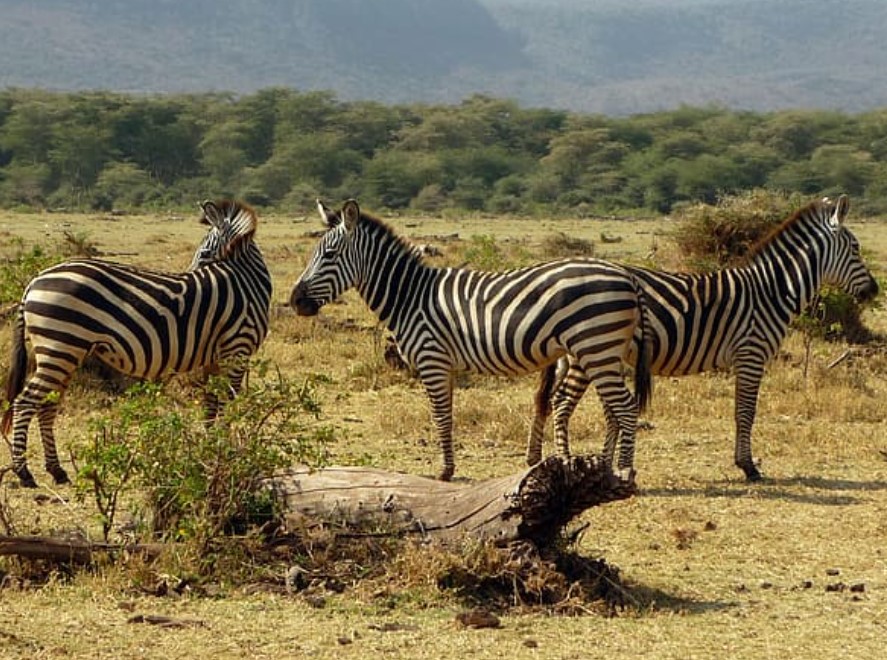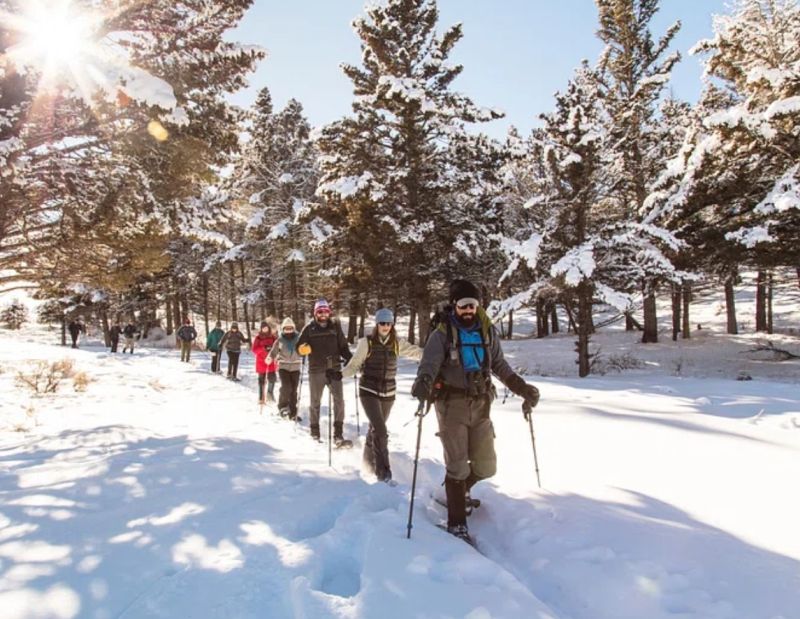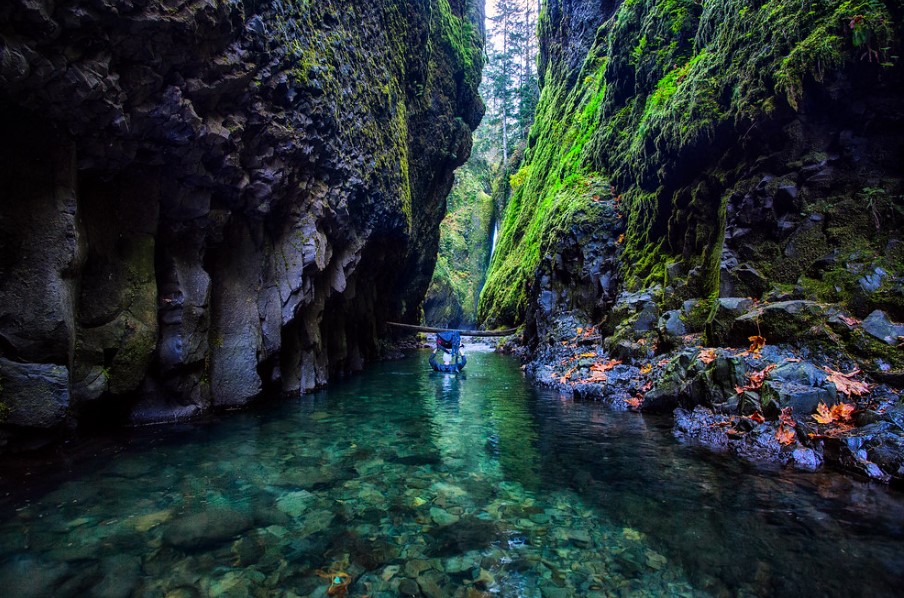Where is Devil’s Island?
Devil Island lies on the northern coasts of Vega Island in the Erebus and Terror Gulfs, on the isolated eastern side of the Antarctic Peninsula. This is about as far south as most ships can go in a year. Devil Island is a 128-hectare, ice-free island about 2 kilometers long in the James Ross Island group near the Antarctic Peninsula’s northeastern point.
What is Devil Island?
Devil Island is a recently formed volcano of two basalt volcanic necks surrounded by massive talus. It is located in a little bay, one kilometer north of Vega Island and east of the Trinity Peninsula. The island is distinguished by different low hills that climb to a maximum height of approximately 150 meters. Stunning volcanic formations welcome you as you arrive at the landing spot. Devil Island supposedly earned its name from its likeness to the devil’s horns, which have two twin peaks.
Who discovered Devil Island?
Devil Island was discovered by Nordenskjold’s in the 1901–1904 voyage, and Cape Well met about one-mile northwest on Vega Island; some of the Swedish stories took place there.
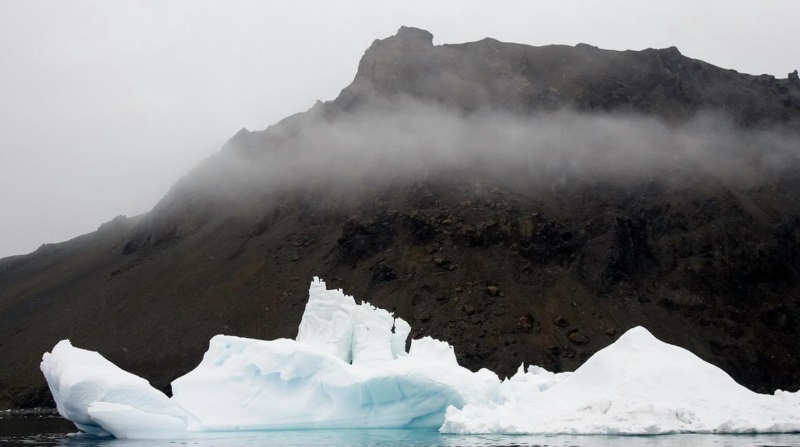
Wildlife at Devil Island
Adelie penguin colony perches on a steep hillside of Devil Island. That is highly recommended because of its mesmerizing view into the middle of the nesting groups and observing the activity. The Adélie penguin is 75 cm long, with short legs and fin-shaped wings. It has a black head and back, a white chest, belly, and eye area, and a short, dark red beak.
Nevertheless, there is a tremendous hike to the summit of one of the devil’s “horns,” which offers breathtaking views of Trinity Peninsula, Cape Well-met, and much of Vega Island. The most spectacular vistas in Antarctica may be found on this small island.
BirdLife International designated Devil Island as an Important Bird Area (IBA) due to its enormous breeding colony of around 15,000 pairs of Adélie penguins. Brown skuas and snow petrels are among the other species known to nest there. Adélie penguins feed fish and octopuses from unfrozen waterways, and in September and October, they return to their nesting sites, where they build stone nests and breed in groups.
The slope is ideal for sitting and watching the world go by, which is usually a good idea when you are near penguins. Penguins are highly engaged parents, feeding their young by regurgitating partially decomposed fish, which contributes to the pungency of the penguin nesting region.
This modestly small colony will be active even later in the season, when chicks fledge and everyone begins to go to sea for the winter. Penguins must practically stay on top of their chicks for at least four weeks, as marauding skuas and sheathbills are always hunting for unprotected eggs or chicks.
However, the stunning 360-degree view from the top is the highlight of the experience. Fur seals, crabeater seals, and different seabirds are visible from the elevated position. It makes the short but difficult climb worthwhile. Your knowledgeable Antarctic guides will lead the journey and point out any species you may have missed. Devil Island offers you the opportunity to snap some spectacular views.
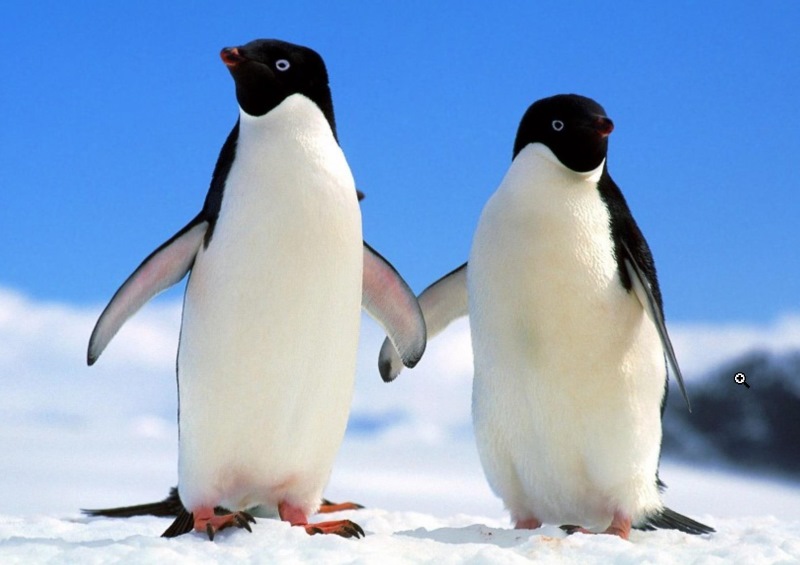
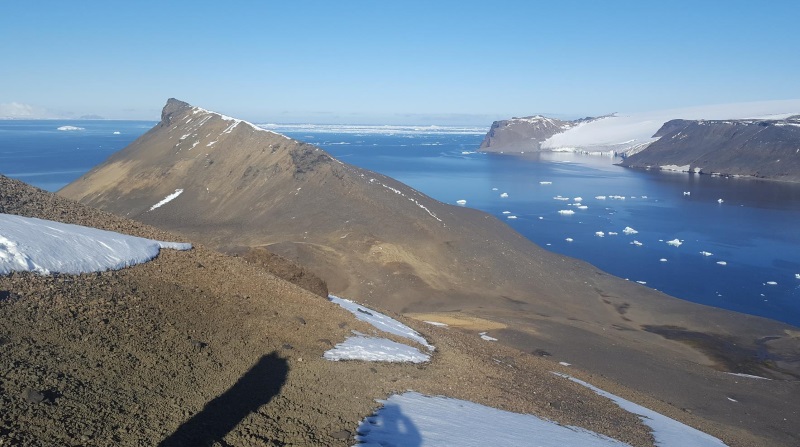
Reference: 1


